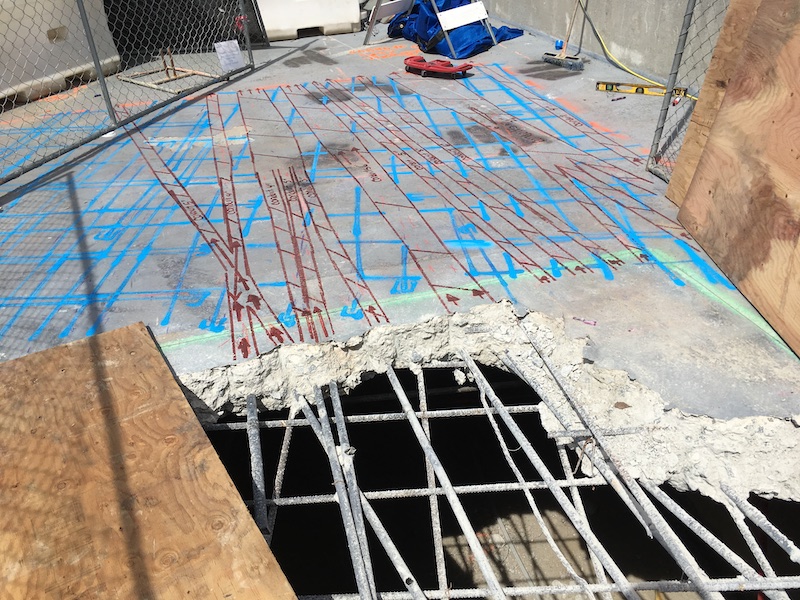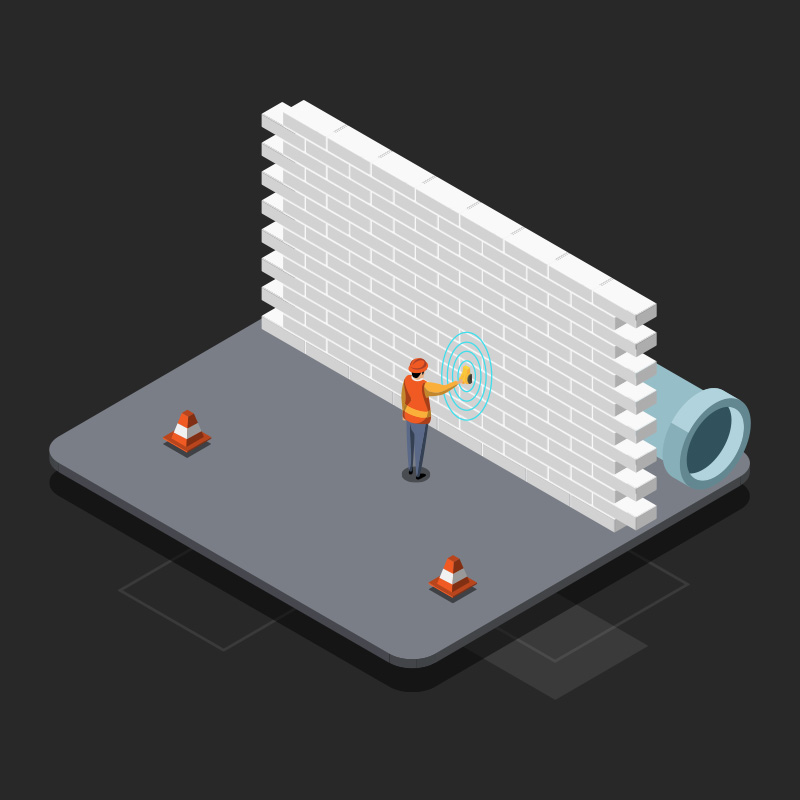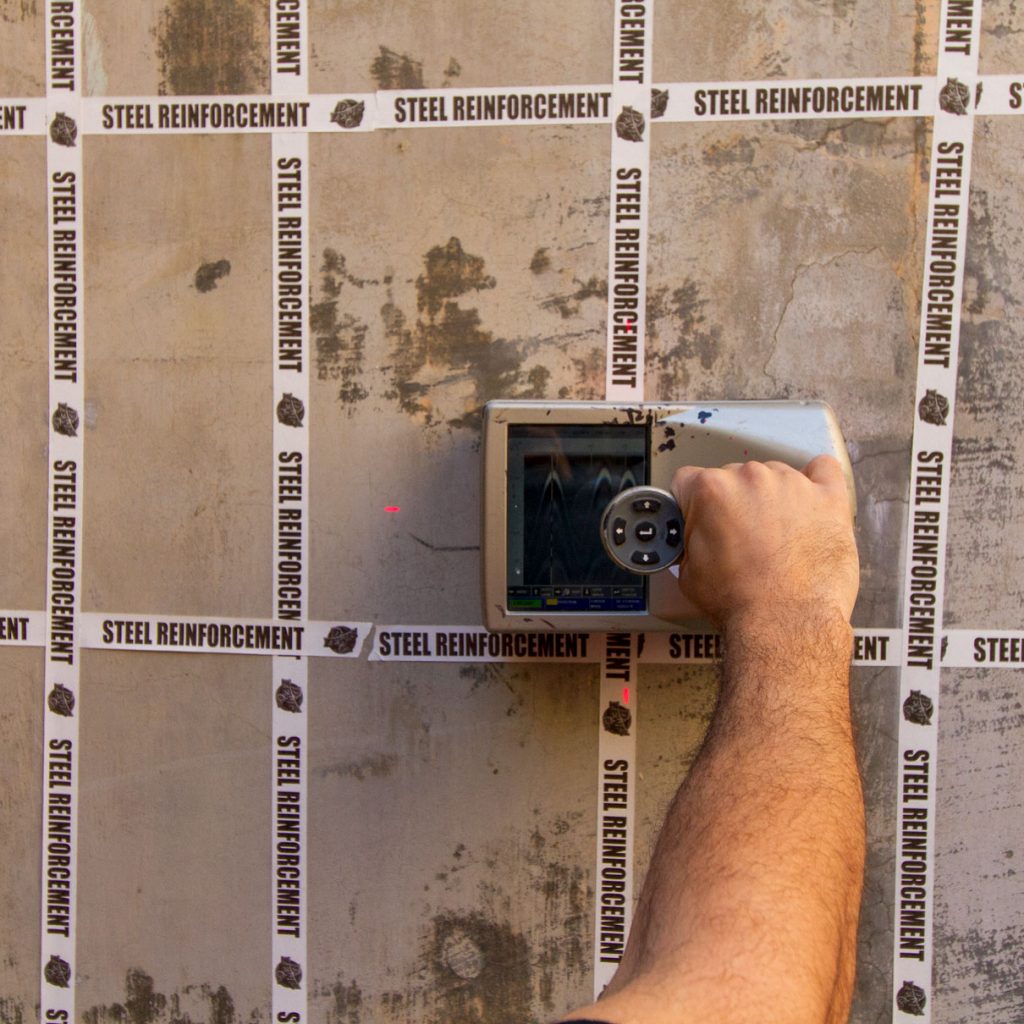Unveil the Transformative Power of Concrete Scanning in Making Best Use Of Efficiency and Security
Concrete scanning has emerged as an essential tool in the building and construction sector, using unequaled advantages in improving task performance and making sure security requirements. The transformative power of concrete scanning lies in its ability to give in-depth insights and real-time data, revolutionizing how tasks are prepared and implemented.
Relevance of Concrete Scanning
Making certain the structural honesty and safety of building projects begins with the crucial step of performing extensive concrete scanning. Concrete scanning is a non-destructive approach used to find and map subsurface elements within concrete structures.
The relevance of concrete scanning can not be overstated, as it plays an essential role in stopping crashes, reducing job hold-ups, and guaranteeing the long-lasting durability of the building. By recognizing potential risks prior to the building and construction phase starts, builders can execute ideal safety measures and make notified decisions pertaining to the design and execution of the job. In addition, concrete scanning aids in optimizing project timelines and budget by staying clear of unforeseen expenses and delays that may occur because of unanticipated blockages within the concrete. Inevitably, buying comprehensive concrete scanning is a positive technique that improves both performance and safety and security in building and construction tasks.
Exactly How Concrete Scanning Works
Concrete scanning runs as an important tool in building and construction jobs by employing advanced innovations to detect and map subsurface components without causing architectural damage. Ground Permeating Radar (GPR) and Electromagnetic Induction (EMI) are 2 main approaches made use of in concrete scanning.
During the scanning process, the information collected is examined in real-time, permitting immediate identification of possible threats or obstacles underneath the surface area. By utilizing these advanced innovations, concrete scanning dramatically decreases the danger of pricey problems and injuries on construction sites.
Benefits of Concrete Scanning
Using innovative scanning modern technologies in construction projects provides a wide variety of benefits, boosting both performance and safety and security on-site. Among the key benefits of concrete scanning is the capability to find and situate ingrained things such as rebar, post-tension cable televisions, and conduits properly. By recognizing these components prior to exploration or cutting into concrete structures, the risk of unintentional strikes is considerably decreased, avoiding potential injuries to employees and damages to the structure itself. Concrete scanning aids in planning and designing more properly, as it gives exact info about the area and deepness of architectural parts.

Study: Concrete Scanning Success

In one more instance, a building firm made use of 3D concrete scanning to analyze the problem old concrete frameworks in a historic building. The detailed scans provided valuable insights into the degree of degeneration and aided focus on upkeep initiatives properly. By proactively attending to areas of worry recognized through scanning, the business was able to extend the life expectancy of the framework and guarantee passenger safety.
These study emphasize the transformative power of concrete scanning in boosting performance, accuracy, and security in building and construction tasks.
Applying Concrete Scanning in Projects
Applying innovative scanning modern technologies throughout building tasks has actually become progressively crucial for enhancing precision and safety and security. By incorporating concrete scanning right into project planning and execution, building groups can determine prospective risks, such as rebar or post-tension cables, concealed within concrete frameworks. This proactive method decreases the threat of crashes, delays, and pricey rework, inevitably resulting in much more efficient task timelines and budget plans.
To implement concrete scanning properly, job managers should team up carefully with experienced scanning specialists to identify the most ideal scanning techniques for the details job requirements. Involving scanning professionals from the beginning of a project allows the team to develop extensive scanning strategies that deal with key locations of concern and make sure comprehensive information collection.
Moreover, incorporating concrete scanning into regular task operations can simplify decision-making processes, as real-time scan information supplies instant insights right into the problem of concrete structures - Concrete Scanning. This data-driven method helps with informed analytical and allows teams to make changes quickly, promoting a culture of performance and safety throughout the task lifecycle

Verdict
Finally, concrete scanning plays a vital role in improving efficiency and safety in building and construction tasks. By utilizing sophisticated modern technology to map and detect out underlying frameworks within concrete, this procedure helps to avoid pricey errors, ensure architectural stability, and minimize threats on site. With the capability to reveal concealed elements and supply accurate information, concrete scanning proves to be a beneficial tool for maximizing job outcomes and maximizing overall success.
Concrete scanning is a non-destructive approach used to detect and map subsurface components within concrete you can try this out frameworks. Furthermore, concrete scanning helps in optimizing job timelines and budget plan by staying clear of unexpected expenses and hold-ups that might arise due to unexpected obstructions within the concrete. One significant instance research involves a large-scale remodelling job where concrete scanning played a vital duty in ensuring project success.In another case, a construction business used 3D concrete scanning to evaluate the condition of aging concrete frameworks in a historical building. By integrating concrete scanning into job preparation and execution, building teams can determine possible risks, such as rebar or post-tension wires, hidden within concrete structures.